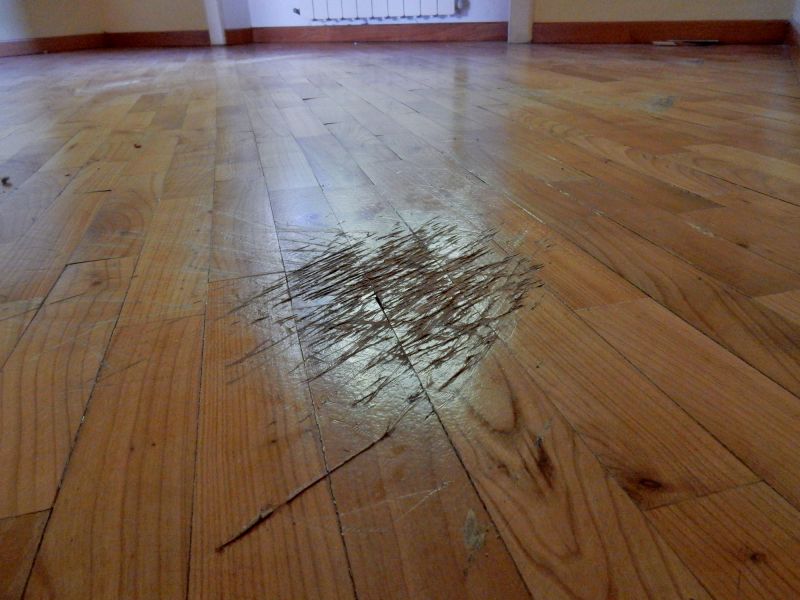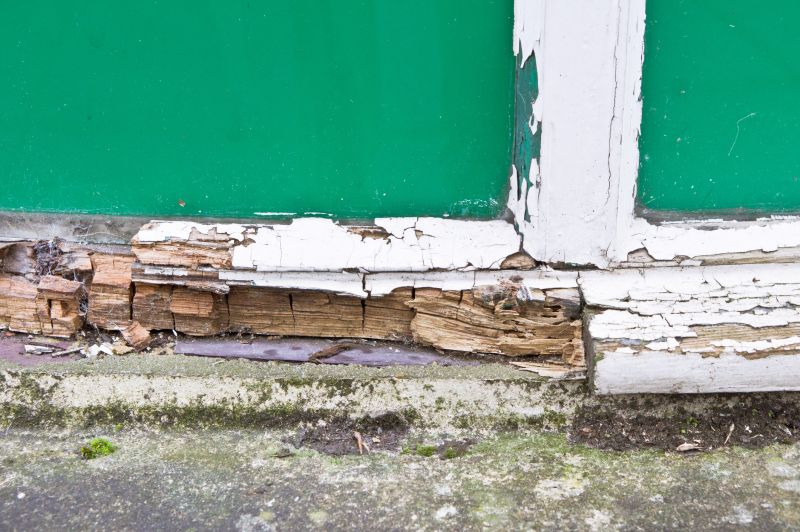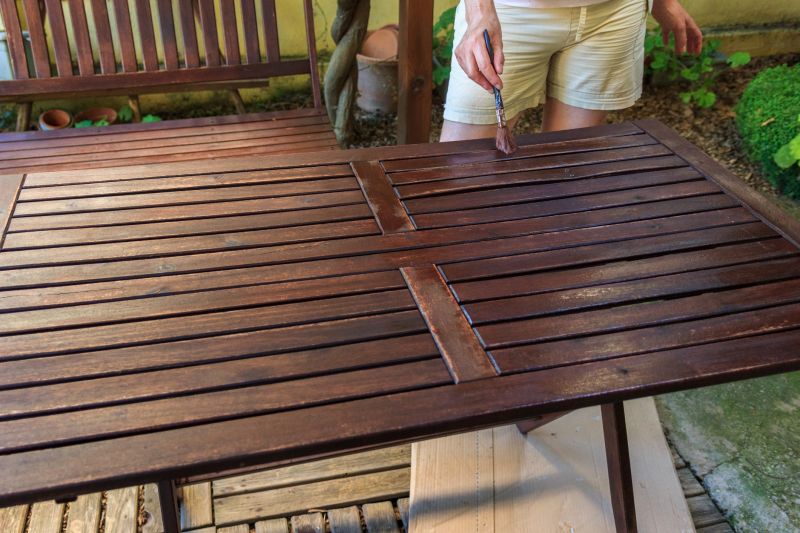Optimal Timing for Wood Restoration
Understanding the optimal timing for wood deterioration restorations is essential to prevent further damage and extend the lifespan of wooden structures. The right time depends on environmental conditions, the extent of deterioration, and seasonal factors.
Early signs include discoloration, soft spots, and small cracks. Addressing these promptly can prevent extensive damage.
Spring and early summer are often ideal due to moderate humidity and dry weather, which facilitate proper restoration procedures.
Restorations should be scheduled during periods of low rainfall and stable temperatures to ensure optimal adhesion and curing.
Regular inspections every 1-3 years help identify deterioration early, allowing for timely intervention.

A professional assessment reveals early signs of decay and guides timely restoration efforts.

Spring offers favorable conditions for wood treatment and repair work.

Dry, stable weather ensures better adhesion of restorative materials.

Ways to make Wood Deterioration Restorations work in tight or awkward layouts.

Popular materials for Wood Deterioration Restorations and why they hold up over time.

Simple add-ons that improve Wood Deterioration Restorations without blowing the budget.

High-end options that actually feel worth it for Wood Deterioration Restorations.

Finishes and colors that play nicely with Wood Deterioration Restorations.
| Aspect | Recommendation |
|---|---|
| Season | Spring or early summer |
| Weather | Dry and stable conditions |
| Deterioration Stage | Early signs or moderate damage |
| Inspection Frequency | Every 1-3 years |
| Environmental Factors | High humidity areas need more frequent attention |
Wood deterioration restorations involve removing compromised material, treating affected areas, and applying protective coatings to prevent future damage. Proper timing ensures that restorations are effective and durable. Statistics indicate that timely intervention can extend the life of wooden structures by decades, reducing long-term costs and preserving architectural integrity.
Advanced deterioration may require extensive repairs, including replacement of severely compromised wood. Restorations performed during optimal weather conditions improve the quality and longevity of the work. Regular maintenance and early detection are key components in preventing costly repairs and preserving the structural integrity of wood elements.

Restorative procedures involve cleaning, treating, and sealing wood surfaces to prevent further deterioration.

Proper timing and treatment significantly improve the appearance and durability of wood.

Optimal weather ensures effective application of protective coatings.

Advanced treatments include preservatives and sealants tailored to environmental conditions.

Little measurements that prevent headaches on Wood Deterioration Restorations day.

A 60-second routine that keeps Wood Deterioration Restorations looking new.

A frequent mistake in Wood Deterioration Restorations and how to dodge it.

Small tweaks to make Wood Deterioration Restorations safer and easier to use.
Interested in scheduling a wood deterioration restoration? Filling out a contact form can facilitate planning and ensure the work is performed at the most appropriate time for optimal results.
